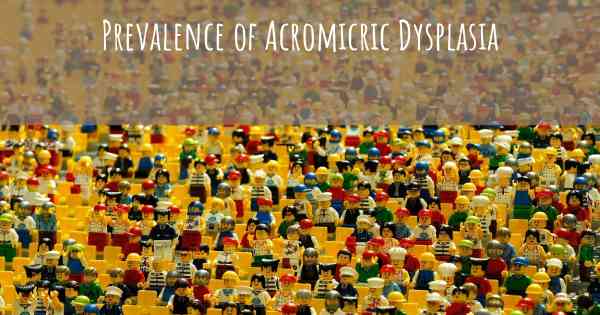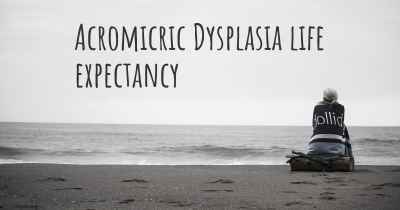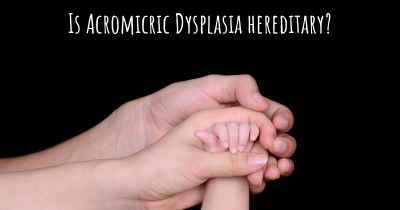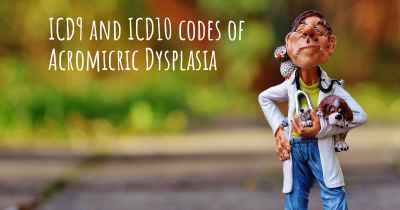What is the prevalence of Acromicric Dysplasia?
How many people does Acromicric Dysplasia affect? Does it have the same prevalence in men and women? And in the different countries?

Acromicric Dysplasia is a rare genetic disorder characterized by skeletal abnormalities and short stature. It is estimated to affect approximately 1 in every 1 million individuals worldwide. This condition primarily affects the growth of bones in the hands, feet, and facial features. Individuals with Acromicric Dysplasia may also experience joint stiffness and limited mobility. Due to its rarity, diagnosis can be challenging, and treatment mainly focuses on managing symptoms and improving quality of life. Ongoing research aims to further understand the genetic basis and potential therapeutic options for this condition.
Acromicric Dysplasia is a rare genetic disorder characterized by skeletal abnormalities and distinctive facial features. It is estimated to affect approximately 1 in every 1 million individuals worldwide, making it an extremely rare condition.
The prevalence of Acromicric Dysplasia is not well-documented due to its rarity and the lack of comprehensive studies. However, it is believed to occur equally in males and females, with no known ethnic or geographical predisposition.
Individuals with Acromicric Dysplasia typically have short stature, short hands and feet, joint limitations, and characteristic facial features such as a round face, a small nose, and a wide mouth. Other common symptoms may include hearing loss, respiratory problems, and mild intellectual disability.
Diagnosis of Acromicric Dysplasia is often based on clinical evaluation, medical history, and genetic testing. Although there is no cure for this condition, management focuses on addressing the specific symptoms and providing supportive care.
Due to the rarity of Acromicric Dysplasia, it is crucial for affected individuals and their families to seek support from medical professionals, genetic counselors, and patient support groups to better understand the condition and access appropriate care.








